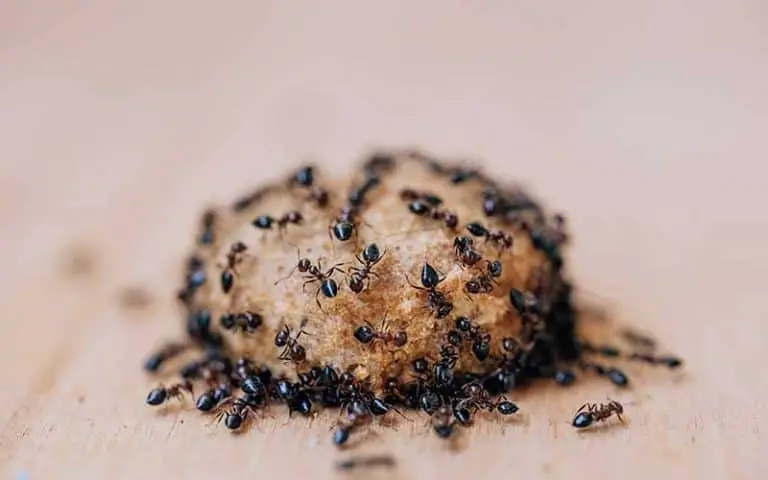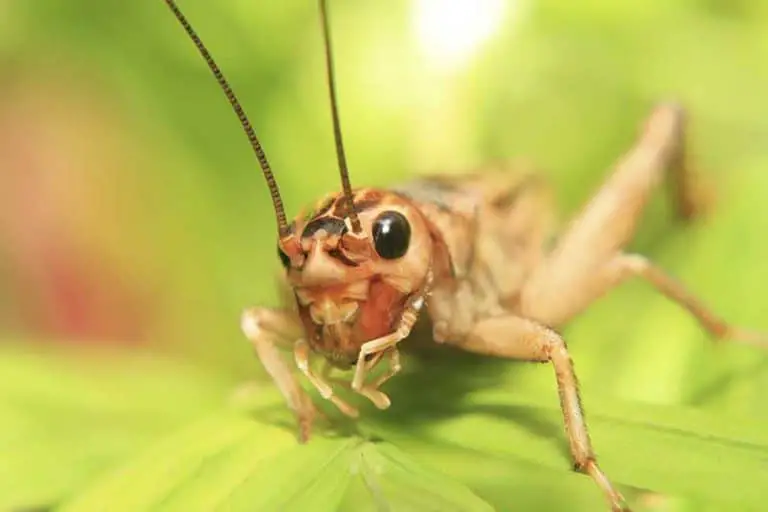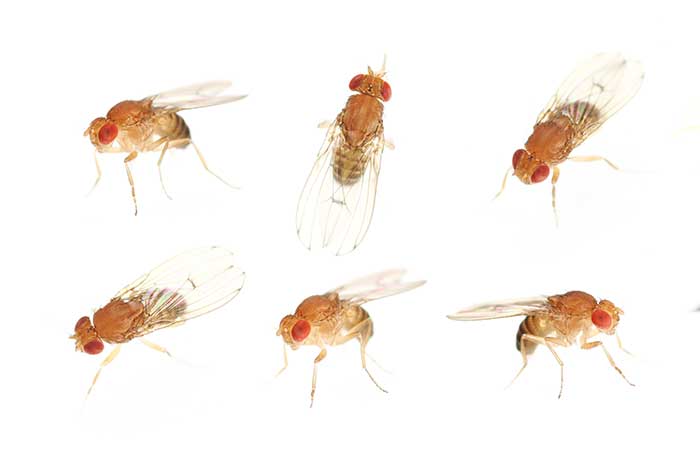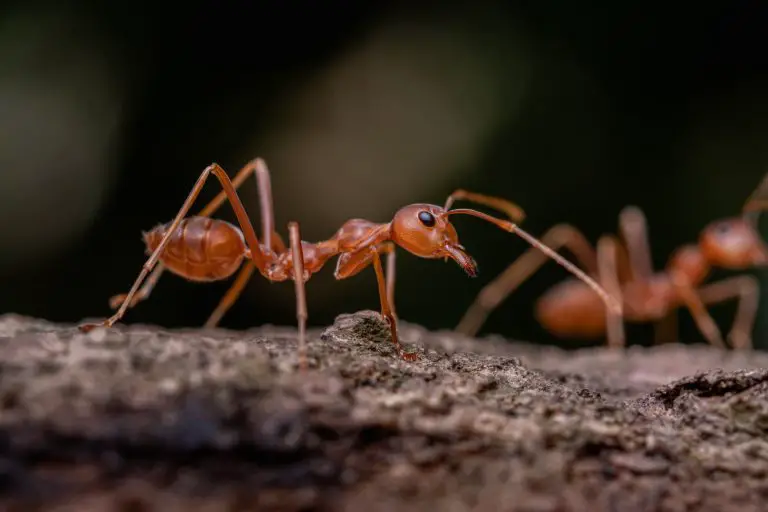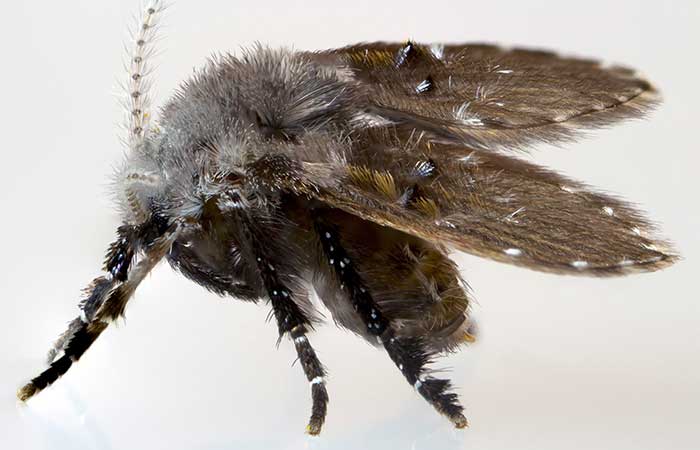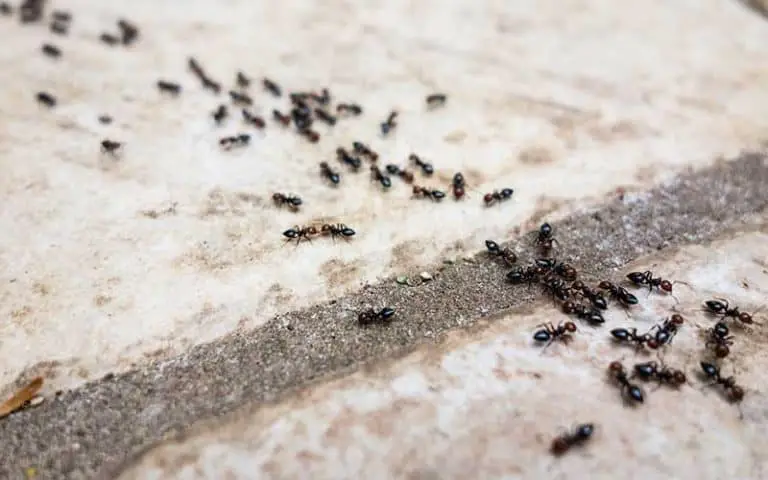How To Get Rid of Flying Ants
Have you ever seen a swarm of flying ants? The ones that sprout wings and fly to mate in the spring or summer, right before they die. Well, sometimes these winged ants will happen to find their way into your home during this time period – if so, don’t worry it’s most likely by accident! It usually won’t take long for them to realize there is no place for nest building here and then lay eggs on some surface near where they came from.
Flying Ants are always looking forward to one thing: mating season; which can be any time between March through September depending on when exactly Spring starts. They do not waste much time locating mates once winter ends because after all…they only have 6 months left.
There’s no need to panic if you find a few flying ants in your home. Male flying ants will die immediately after mating, and not all queen ant colonies survive to start new ones.
Want to get rid of flying ants in your home? If you want to kill the pesky insects, there are a few steps that need to be taken. First off, make sure you find out where they came from – if you have winged ants in your home and don’t know how they got here then it is possible for them to come through cracks or open windows searching for mates. However these days more often than not homeowners find themselves with an infestation after discovering their colony inside already; either way, treating this problem will require two parts: firstly killing the ones in my house and secondly getting rid of the source by finding out what’s drawing them into your property!
The ant problem may seem insignificant at first glance–killing one here and there does little in comparison to its massive colony which could eventually be crawling across floors and walls in your home; however, it is important for every homeowner with an infestation nearby their house to identify these insects quickly so that any remaining groups can be eliminated before mating begins on another cycle later this spring/summer
What Are Flying Ants?
Ants are one of the eusocial insects on earth. They live in large colonies that work together to take care of each other when necessary, this is called “swarming intelligence”.
When the seasons change, typically in spring or fall depending on where you live, winged ants are developed to search out places for a new colony and mate. The ones that fly off of course will be males (drones), but queens also take flight when they’re ready for mating with these drones.
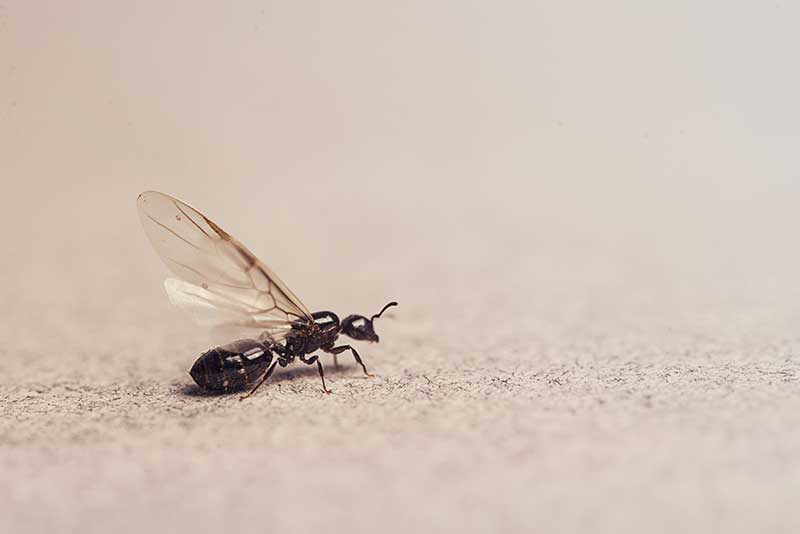
The ants will swarm for mating purposes. They are called nuptial flights in some areas because the swarms die off after a short time and they’re highly active during that period of time.
When the ants have mated, they will seek a new place to start a colony. The queen’s wings fall off as she gets ready for her job of laying eggs and drones eventually die once their purpose has been fulfilled (of course some do survive). This is how most ant colonies are created–like bees or termites!
In the spring or fall, you may experience a swarm of ants in your home. This is because these insects often swarm when temperatures change and we keep our homes much warmer than outside. If you see an ant colony indoors, it is likely that they are not just one individual making their way inside-ants rarely travel as singles to new locations!
When is Flying Ant Day?
The drone of the flying ants causes an unpleasant buzzing sound that can be heard from blocks away. These swarming events typically occur in July or August and coincide with a period of hot, humid weather. The winged insects are prepared for this event by fortifying themselves before they leave their nests to find food – even if it’s just nectar plants left over after other animals have eaten them.
Local conditions also play a significant role as these little critters track each other through pheromones broadcast via scent glands on their abdomens; so long as there’s enough moisture around, everything goes according to plan!
The warm city air temperature is what causes the ants to fly earlier, which may be due to urban heat island effect.
What Do Flying Ants Look Like?
Flying ants have many distinct physical characteristics that help identify them from other insects. The most obvious is the presence of two wings on each side, a front wing and a back wing; these are typically longer than their ground-bound counterparts. They also possess small waists like land bugs do, which can be observed when they fly in groups or swarm together.
Bent antennae is another identifier for flying ants as well–these appendages curve at an angle near where both segments meet toward the head region unlike any bug you may find crawling among leaves below your feet! Lastly, colors range widely: browns and blacks with red being just one example of this insect’s diverse palette.

Are Flying Ants Attracted to Light?
Flying ants are attracted to light not only by the sun but also by artificial lights. Scientists believe this is because they use the sun as a navigational tool and will fly in whatever direction it’s shining at them so long as there isn’t an obstruction like trees or buildings up ahead.
Do Flying Ants Bite?
If you’re worried about getting bitten by a flying ant, have no fear. Most species of ants in the air are not interested in biting you–they just want to get home and make sure their queen is safe. Unlike mosquitoes or some flies, these bugs only bite defensively if disturbed at all during flight; otherwise, they won’t even bother coming near your skin!
How Long Do Flying Ants Live?
The life of an ant is fleeting. Males typically live for just one or two days, but females can fly until they mate and then switch to a crawling lifestyle that often lasts 30 years!
Can Queen Ants Fly
The life of a queen ant is dramatic from start to finish. Queen ants begin their lives as winged flying insects, but by the time they become queens, they have already lost their wings and are expected to spend the rest of her adult years underground laying eggs for her colony.
How to Get Rid of Flying Ants
Step 1: Confirm you have flying ants
When you’re not sure about the identity of flying insects in your home, there are a few details that can help distinguish between those pesky little bugs. With four wings for greater maneuverability and an ability to fly both inside and outside their colonies, ants have two antennae on either side of their head whereas termites only have one pair per body segment.
And while they may look similar at first glance – with shiny black bodies covered in fine hairs-termite heads are broader than ant as well as thinner thoraxes so it is difficult or impossible for them to bend forward!
When trying to spot these winged invaders around your house, knowing key differences such as shape can really come in handy! Here are some tips to work out what insect you are looking at:
Body: Ants have a thin waist, giving them an hourglass-like shape and termites are about the same thickness across their whole body.
Wings: Ants have two wings on their front and 2 small ones at the back. Termite’s wings are all the same size, but they’re much bigger than an ant. The extension of a termite is over its body whereas ants’ wings only cover about half of theirs.
Antennae: Ant antennae are bent and termite antennae are straight.
Step 2: Kill the ants you can see
Drone ants are bred to just mate and die. Unless your house is very big, there’s no chance that the queens will establish another colony in it. The swarm is largely harmless, but it’s still a nuisance. And there may be the chance that they can make another colony so you should kill them all to prevent that from happening again!
Using a vacuum can be an effective way to get rid of flying ants. The bag, however, will not kill the ant so you should remove it as soon as possible and wait for them to die on their own.
Step 3: Find the source of the flying ants
The real issue with finding an ant swarm is that it can show you other ants are already living in the house. Unlike termites, flying ants are more of a nuisance than a major source of damage – though certain species like carpenter ants may cause (or worsen) some damage to your home.
How to find an ant colony if you know that it’s there:
Kitchens: Kitchens can be a refuge for ants. Kitchen food is an easy and delicious way to get sustenance in the insect world, so it’s common for these tiny creatures to put up with being close by or even inside kitchens. Ants will usually flee from humans when they’re spotted- but if you see one near your kitchen just remember that there are many other sources of water nearby (the sink) as well as plenty of potential snacks around too!
Bathrooms: Ants are attracted to food and moisture. Bathrooms with their wet floors, lack of trash cans, and often dirty surfaces make for prime ant territory!
Basements: The dark and moistness of a basement could be an ideal environment for ants to build their nest.
If you want to find the ant colony, look for their trail and then follow it straight back. If they are in your living room or kitchen, be sure that you have an insecticidal spray designed for indoor use with ants on hand before going hunting because this will make the process a lot easier.
For a smaller infestation, another method is to make your own borax ant killer. The active ingredient in many sprays for ants is very toxic to the insects but harmless to humans and placing some close by will cause them to accidentally poison themselves with sugar laced with borax after eating it off of an area you’ve sprayed down beforehand.
Step 4: How to prevent flying ants
Flying ants are a nuisance, but they’re rarely the source of an infestation. If you find two or three flying in from outside on occasion, just close your windows to stop them from coming inside. But if you’ve found more than that – and their numbers keep growing day after day – it’s time to take action against these resilient pests so your home doesn’t become overrun with bugs!
The first step in preventing an ant infestation is to make it difficult for the tiny critters to enter your home. If you live near a wooded area, this can be challenging because there are lots of insects that ants hunt and consume as food. However, even if they do get inside somehow, never fear! There are several steps we can take so these little buggers don’t settle down long-term.
Look around for scout ants and swarming ants: Scout ants are unwinged workers that look for food and then alert the others of their presence through a trail of pheromones when they find it. These are usually the first ants you see, so make sure to kill them right away or else your house will turn into their creepy ant farm pretty quickly!
The same goes with any other individual winged ants you may come across as well; one could be trying to get back home after being separated from her colony.
Seal up cracks in your windows and doors: Sealing cracks in the windows, doors, and walls will help keep swarming ants outside where they belong.
Store food securely: Ants are industrious creatures. They will find anything that you let them- even if it’s on your counter! To avoid an ant infestation, make sure to keep all of the food stored in airtight containers and don’t leave any crumbs or trash behind where they might be able to get into contact with ants during their search for sustenance.
Conclusion On How to Get Rid of Flying Ants
Flying ants may not be your worst pest problem, but they are still an annoying nuisance. They don’t cause much damage and most of them die on their own anyway
Flying ants can’t compete with other pests when it comes to causing property destruction or injury; however, there is no denying that a few well-placed bites from these pesky insects will not be a pleasant experience.
To get rid of flying ants, you need to first get rid of ants that you can see – then turn your attention to the source and ensure you have not been plagued by a colony setting up their home close by. If so, you need to implement some proactive ant control methods.

